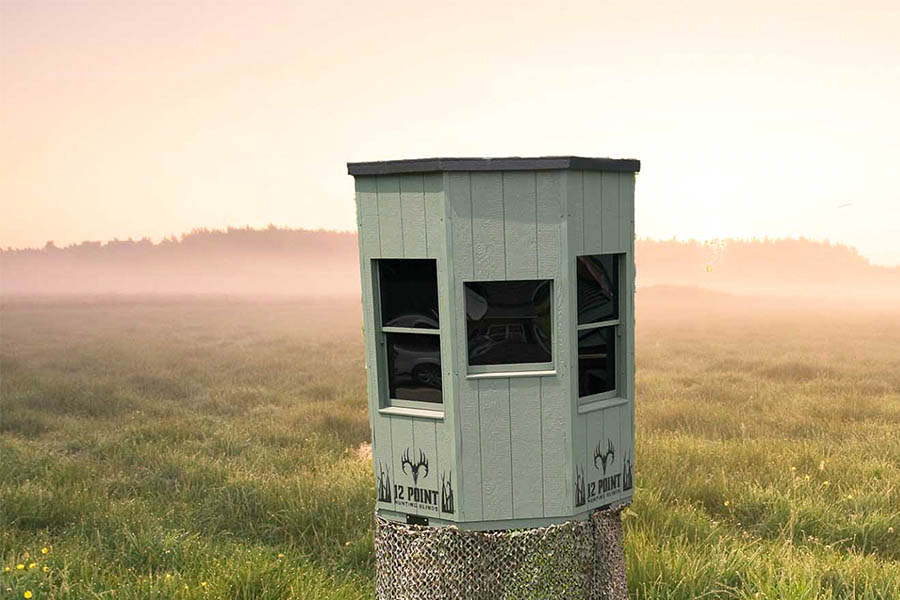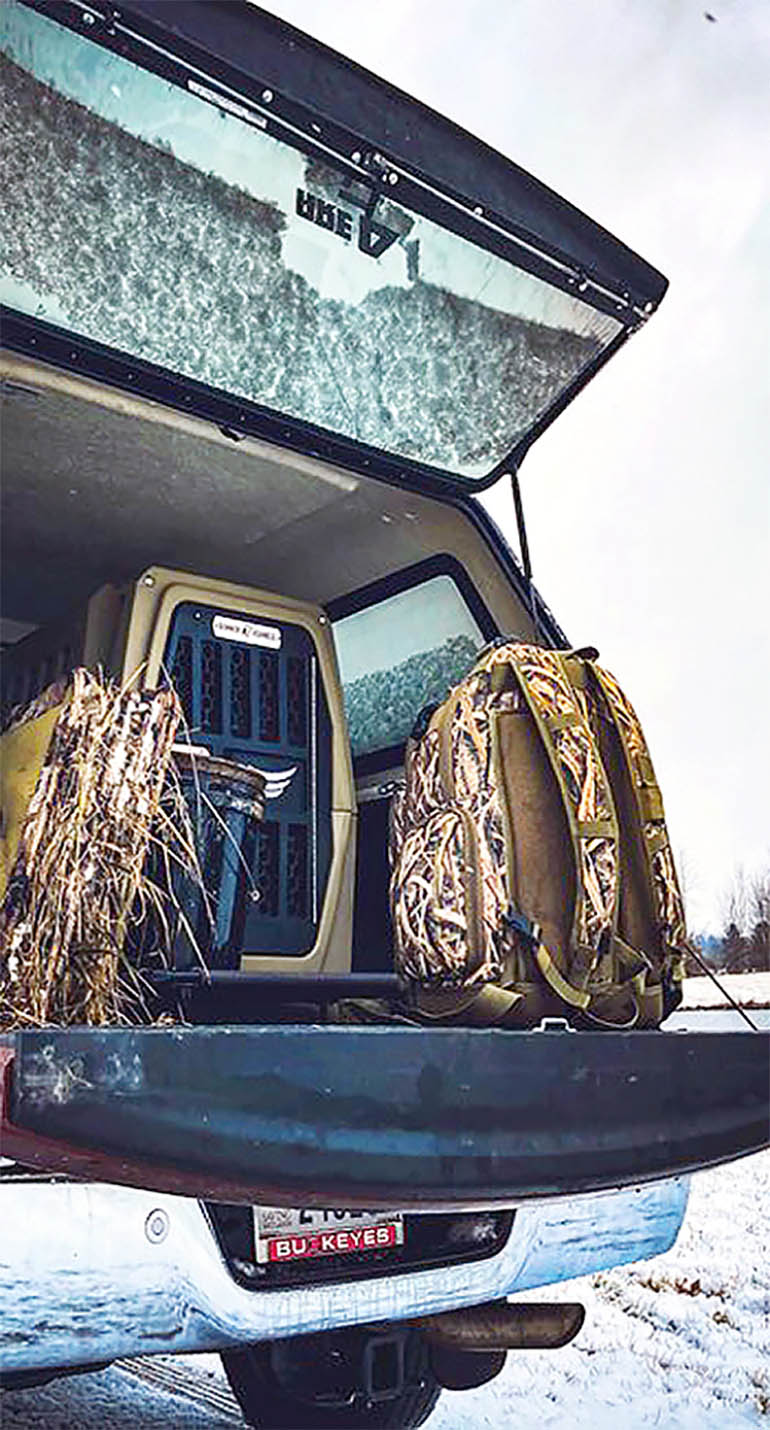How Not to Spook Deer with a Box Blind
Let’s be honest; the only time deer seem not to spook easily is when they’re staring down a pair of headlights or wandering onto the front porch to snack on some lettuce greens that we’ve been trying to grow all summer. Hunting and outdoor companies have millions of dollars of products to keep your scent, sight, or movement from spooking deer in the woods.
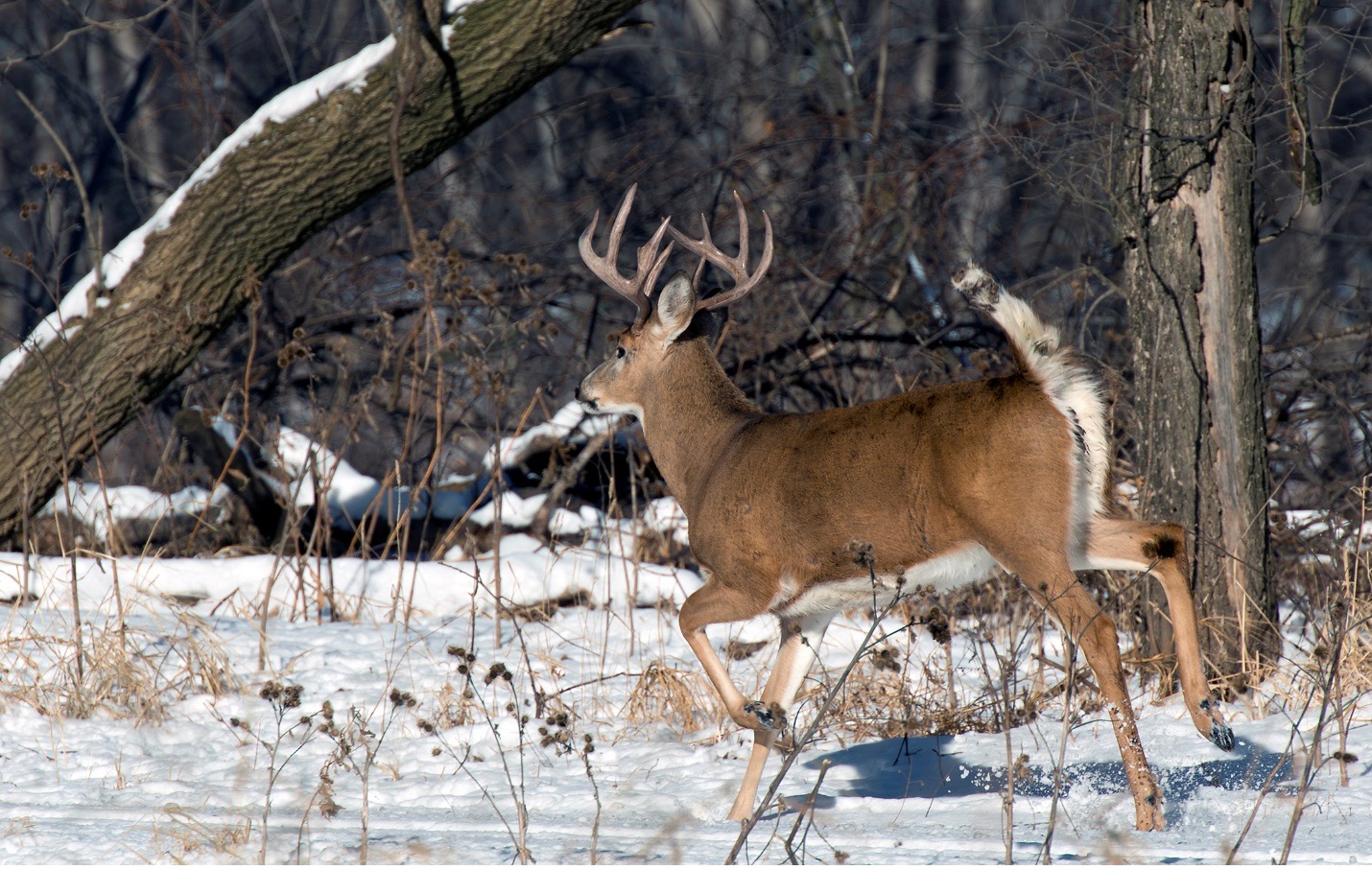
The question is, will a box blind scare deer? The answer is both yes and no. There are caveats and tips to introducing something new, like a box blind, into a deer’s environment. More permanent structures, such as blinds made by 12 Point Hunting Blinds, will lead to a better outcome compared to the empty hands that will left behind when opting for a temporary pop-up fixture.
The age-old goal of avoiding spooking a deer at all costs has developed into a multi-million-dollar industry. Besides new technologies promising to mask scents and movements, I find that studying successful hunting tactics from decades, even a century ago, can sometimes be more helpful than a new bottle of scent-blocking detergent. Let’s dive into some proven deer hunting tips to optimize your hunting experience.
Box Blind Basics
Box blinds are typically a more permanent structure and allow hunters to shelter from most of the harsher elements and shoot at a downward angle. Taking this angle helps to minimize bullet travel across the woods with either missed shots or shots that go clean through.
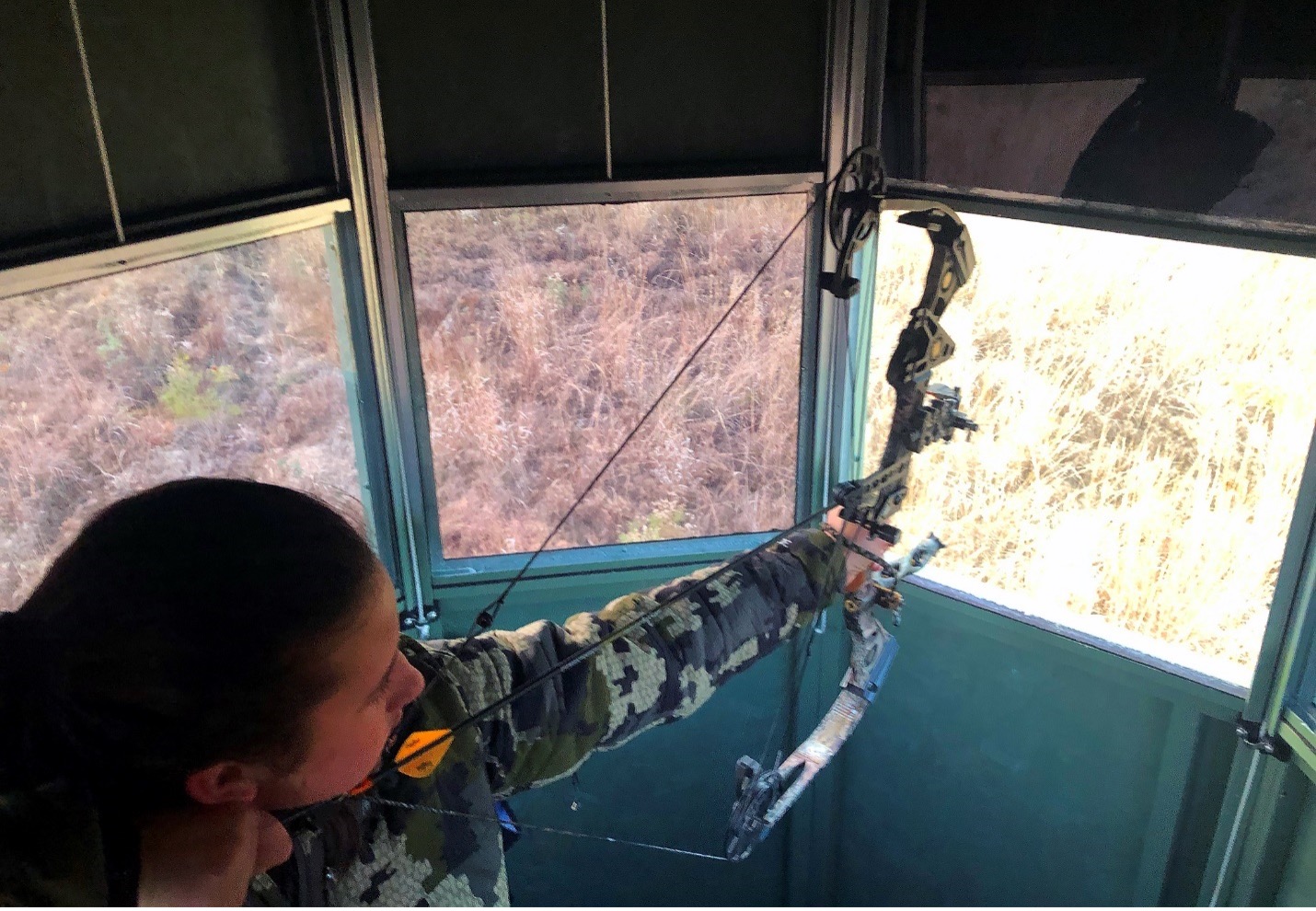
Box blinds are also very versatile. They can be as simple or elaborate as you want, with as many or as few access points as you want. Spray paint it a little, cover it with camouflage or old gilly suits, or buy one pre-fashioned and deck it out with a little portable heater to keep the chill out.
12 Point Hunting offers sturdy and reliable turkey blinds, duck blinds, and more. Check out our products today!
Acclimating Wildlife
Before the invention of plywood (and probably the name box blind), hunters made blinds of natural structures in the surrounding area, like large branches, downed foliage, and even lashing small supple trees together. Box blinds are successful when they are made up of or made into a permanent structure in the environment wildlife can acclimate to.
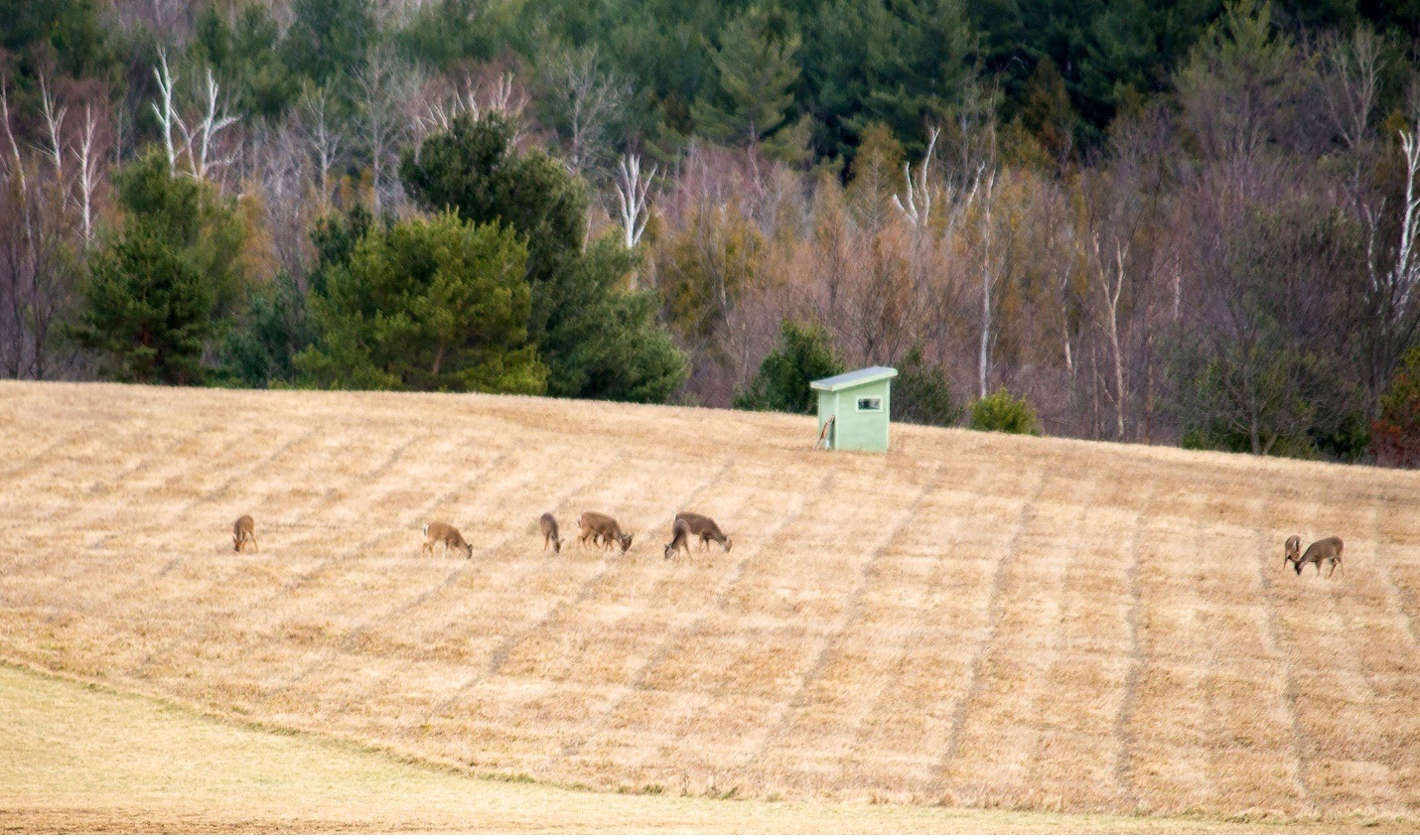
Typically deer get used to an introduced structure in a couple of weeks, as long as there aren’t major changes to it within that time that disturb its placement or appearance too drastically. While box blinds can cause deer to become scarce at first, they should return to their normal movement patterns after a little time. This means it’d be most beneficial to construct and finish your box blind before your season starts.
Camouflaging Your Hunting Blind
I’ve seen deer scared from box blinds covered in spray paint and old Christmas garland or in some of the most expensive netting that reduces reflection and breaks up visual points. The basic premise is to ensure it matches the environment you’re putting it into. If your box blind is against pine or oak trees, look for materials and colors that reflect what these look like to use. The best camouflage for your box blind is often the foliage around you. Break a few green limbs off of trees and pile them around the base of your blind. This is will help it look a little more natural.
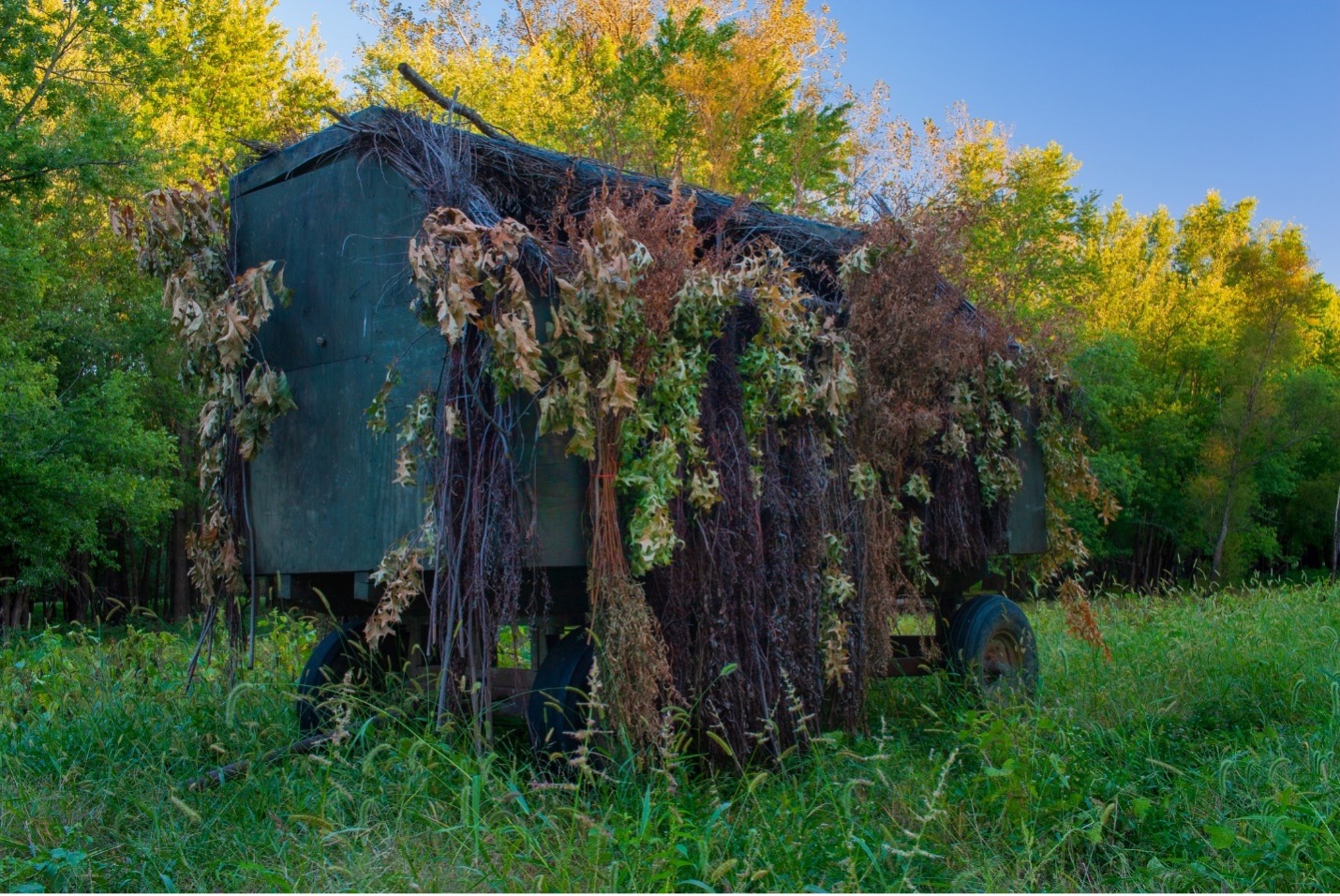
Suppose your blind is more in the open rather than on the very edge of a field. In that case, you may want it to look more like a standalone tree. You can make it a very neutral earthy color that matches the ground and distant backdrop during deer season (the grey/brown of old soybean fields and small timber woods can be fairly easy to find paint for).
I’d one hundred percent advise against using something like neon pink camo designs and flashing Christmas lights. Stick to earth tones and basic camo patterns. Don’t forget to incorporate some of the native foliage in your camouflage.
How Not to Spook Deer
Spooking a deer can range from either alerting them from a distance or springing them from a bedding area. A box blind is going to help you go undetected from deer at range. The concealment and scent control that a box blind provides is unmatched. Although you can still spook deer on your way into or out of your box blind.
So, make sure you get to your box blind fairly early in the morning and leave well after dark. If you get down in the middle of the day, be as quiet as possible and take a secluded path out of the woods. This is true for any type of stand, but this is the number one way you will spook deer while hunting in a box blind.
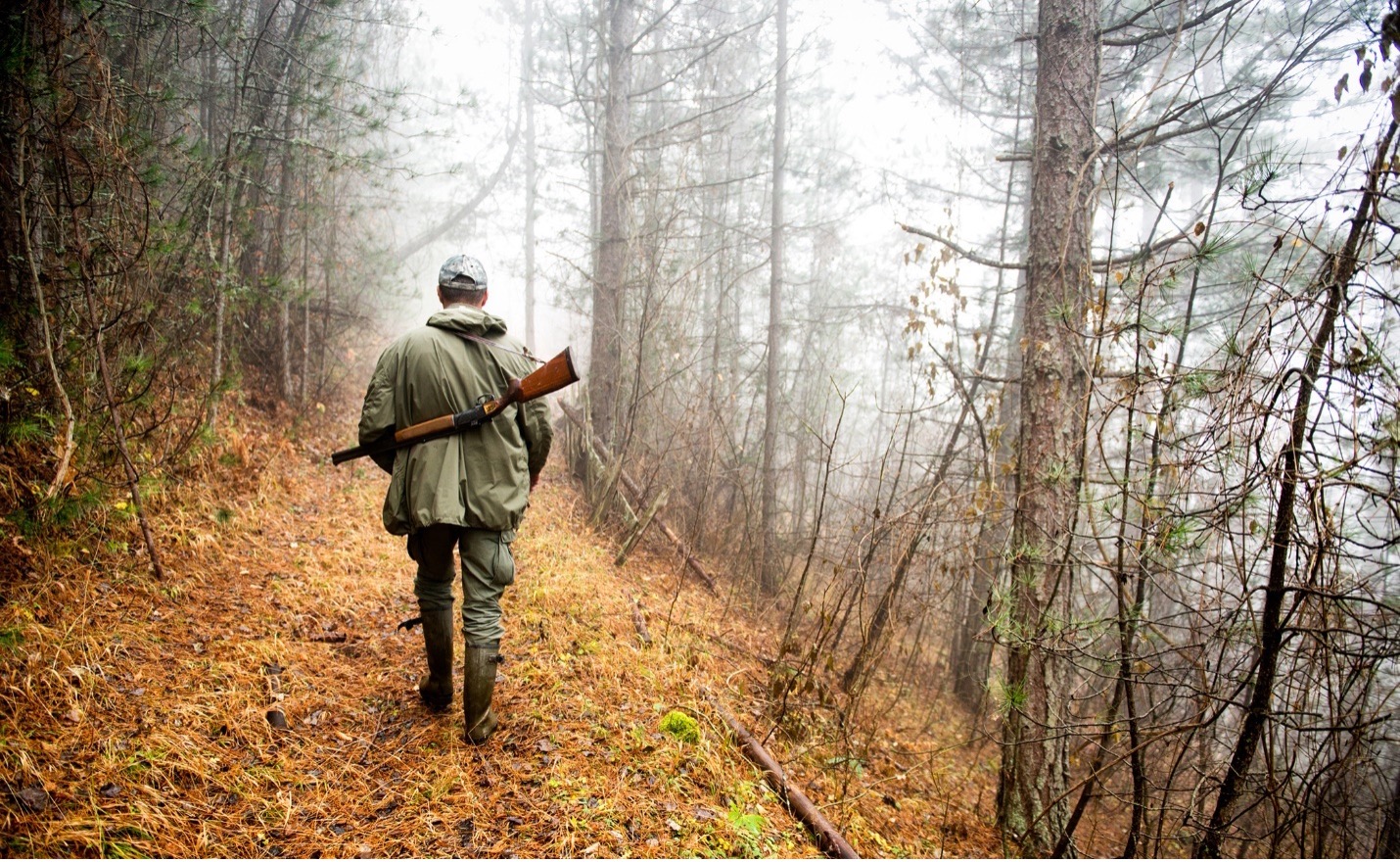
Know Your Deer
Timing your herd’s movements and travel patterns helps incredibly with planning your entrance and exit pattern before and after hunts. If you can locate their bedding sites and have a pretty good idea of their path of travel, you can easily route another access path for yourself to avoid these and remain inconspicuous.
Use Your Surroundings
Find a natural access path to your box blind or stand that doesn’t put you through too much thicket, past any bedding sites, or through any large open areas. The environment can help disguise your movements (as long as you aren’t tromping around) better than most gadgets.
As miserable as it can be, snow and rain may be your friends on some hunts. Rain disguises scent and noise well, though if it doesn’t let up by nightfall, you may not see many deer venture far away from their beds. Although if it is a light rain, deer will still be moving, and you will be completely dry in your cozy box blind.
Snow is an incredible noise dampener, which is why the woods are so much quieter after a fresh snowfall. You’ll still have to watch out for crunchy sticks, logs, or rocks underfoot, just to be safe. Hard sided deer blinds are still the best thing to use in this weather because you will get out of the snow and can even have a heater in your blind.
Watch How You Smell and Sound
Entering and quietly exiting the woods is a skill in itself without packing any gear, and even more so with a loaded pack and weapon. Be careful of your footsteps; extra stomping and crackling, depending on your footfall pattern, can alert nearby deer or other wildlife (which will, in turn, alert nearby deer). Tread carefully, quietly, and as quickly to your stand as possible.
Deer can pick up a scent from up to a quarter of a mile away, and often a deer will smell something before they see or hear it. Which means they’re used to all those surrounding smells as well. You have to have a solid scent control routine no matter how you are hunting. That means you should be using scent free detergent and taking scent free showers at the very least. The rest of your scent control can be handled by the box blind. Just try not to touch anything on your way to the stand, that will just spread your scent further.
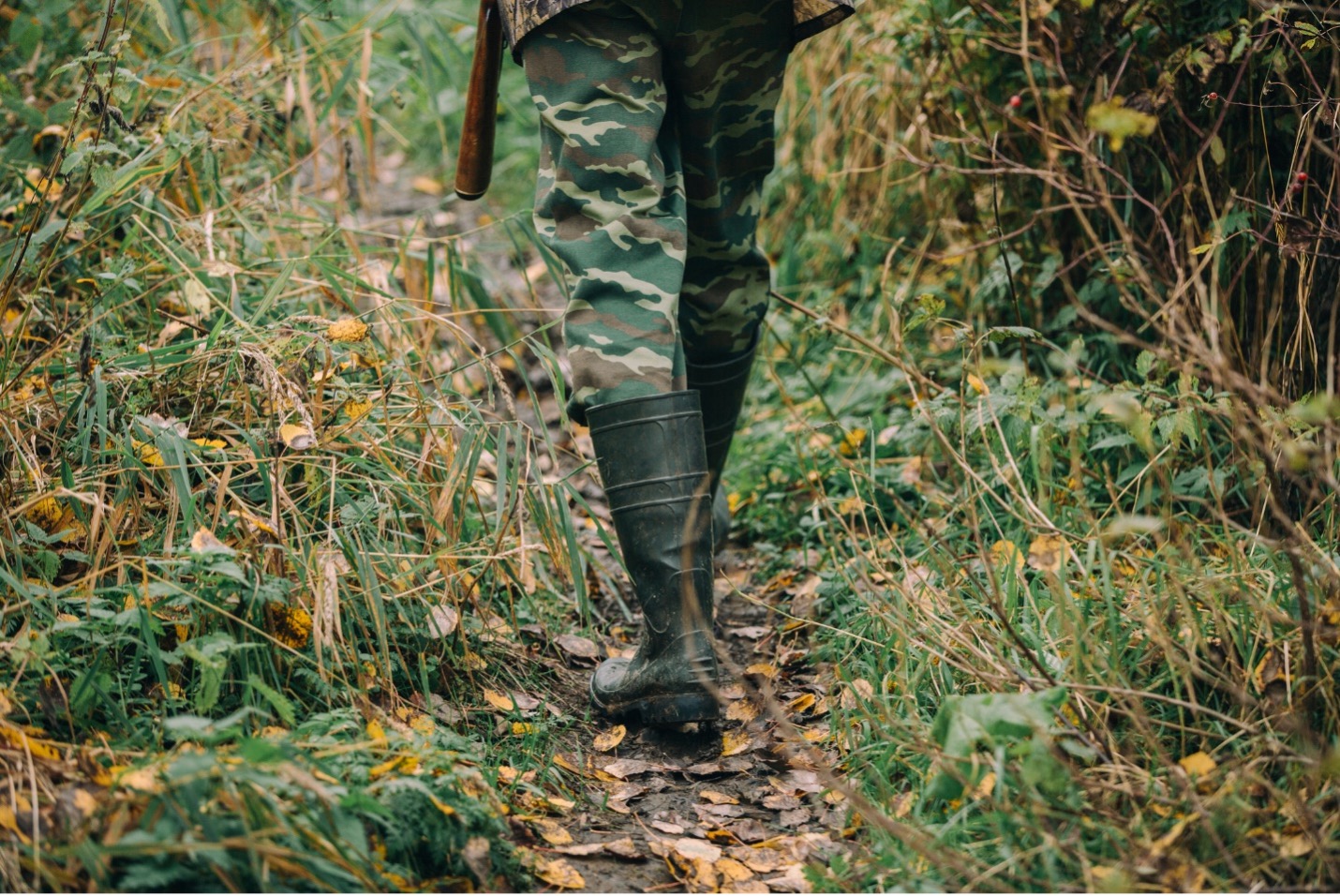
Travel Downwind When Possible
One of the most important skills when hunting is to know when you are up or downwind. You want to travel downwind whenever possible, even if that means wearing some waders to get through a swampy patch if that’s where it takes you.
Because deer have such a keen smell, using your wind patterns to stay downrange will only help you get into the woods and into your stand or blind less conspicuously. It might take you through some strange terrain, but you’ll survive as long as you know where you are, and it’s not miles out of the way.
Scent Cover and Blocking Products
Scent-blocking gear and washes are a neat scientific development that a lot of hunters use. You can try some more natural-based pine, wood, and apple-scented covers or have a no-scent version. There is also hunting clothing with scent-blocking technology built into them to further help with this.
If you aren’t a fan of scent-block, use a non-scented detergent and avoid using heavily perfumed shampoo, body wash, or deodorant the day before or the day of your hunt. It’d also be beneficial to avoid bringing along anything with strong smells like a vape or cigarettes when you hunt.
Shop for Hunting Blinds Online – CLICK HERE
Conclusion
The best way to not spook deer is to get to know their environment and how you can use it to your advantage to mask your foreign smell and sounds. Hard sided deer blinds are generally easy for a resident herd to get used to after a few weeks and can be as cheap or expensive to camouflage as you’d like.
Understand the aesthetic and visual presence your woods have. No two woods are exactly the same in foliage, timber texture, ground cover, or underbrush. Spend some time really paying attention to these nuances, and you’ll set yourself up for the best success.
Avoiding products with heavy scents right before you hunt can also help. On top of that, consider using an unscented detergent or scent-block formula detergent to wash your hunting gear in–it can only give you that much more advantage in the field.



